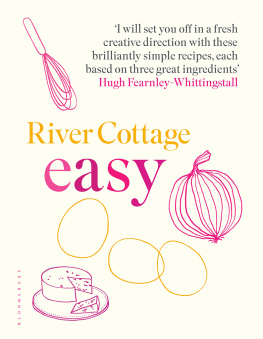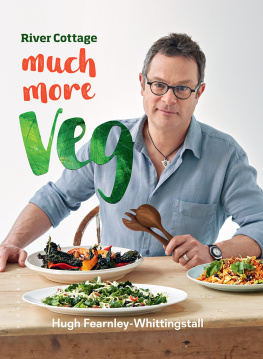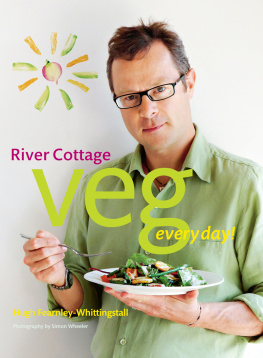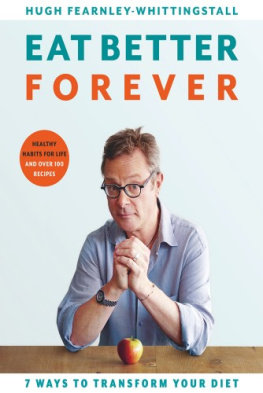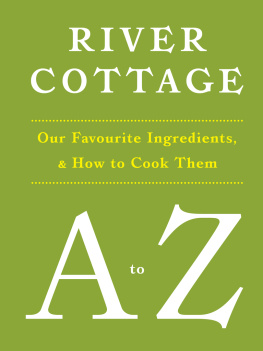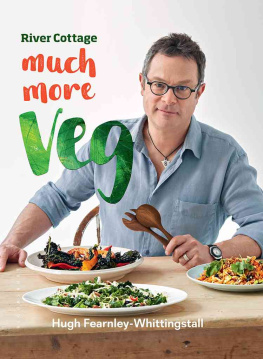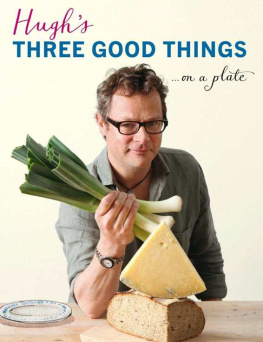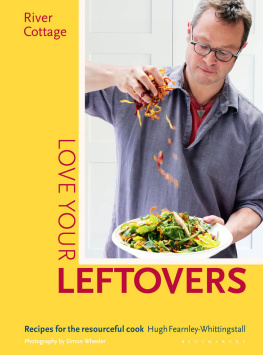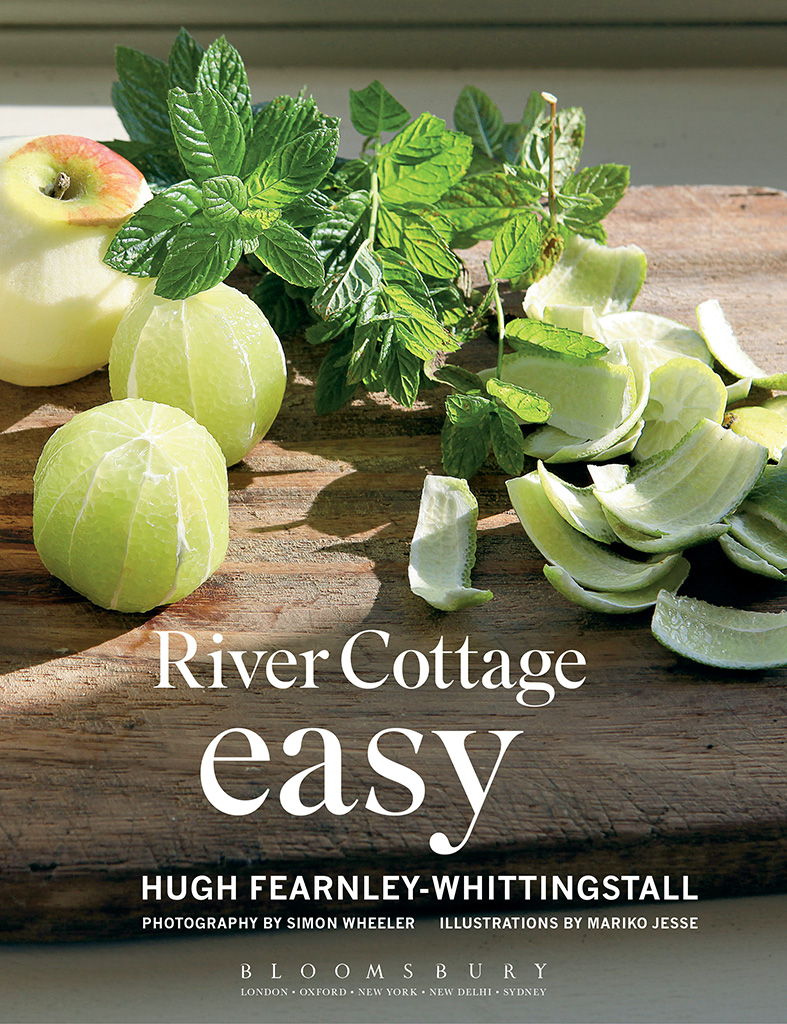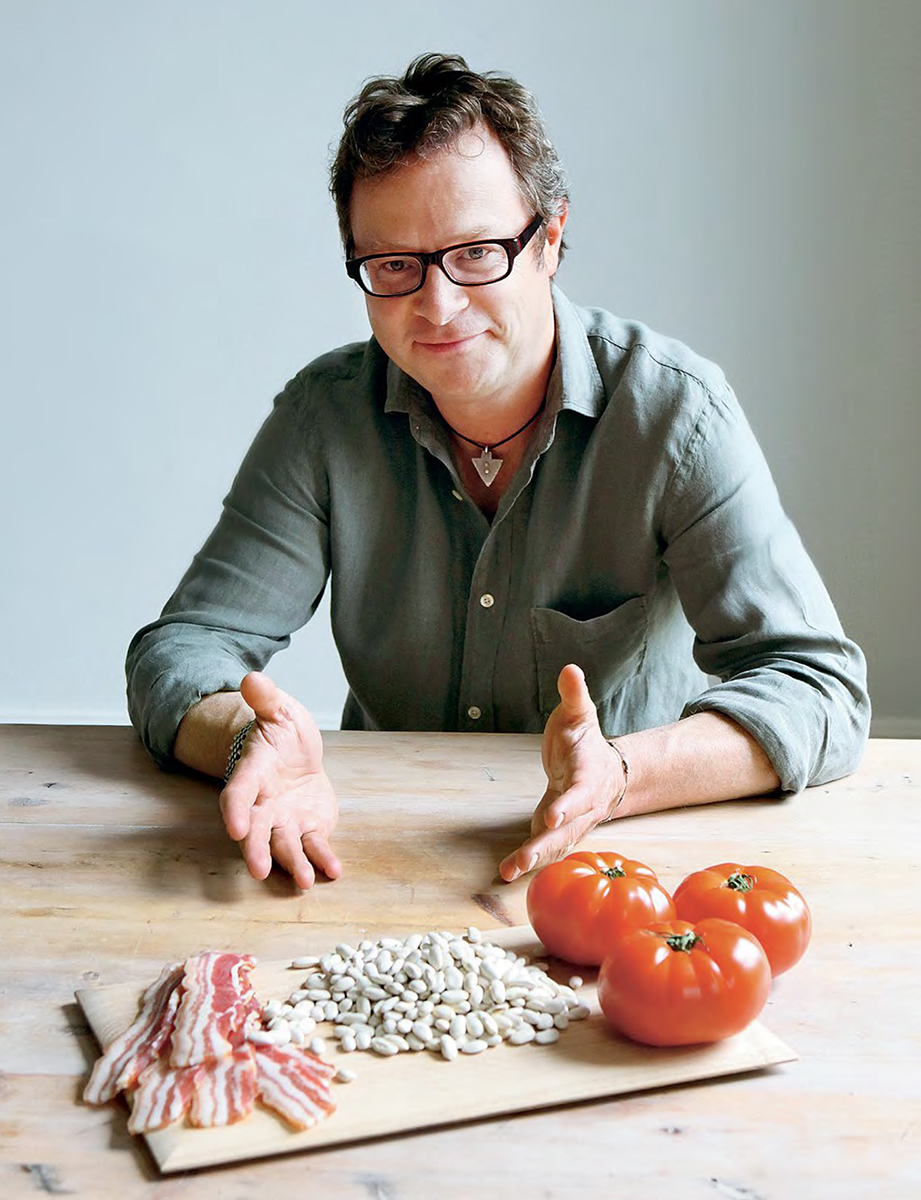If you love cooking, but sometimes struggle to carve out the time or summon the energy to do it, then this ridiculously simple cookbook is aimed at you. And if you feel your food is stuck in a rut, or your repertoire of recipes is a little tired, I think I can help with that too.
I hope to set you off in a fresh creative direction, reinvigorate your cooking, bring you a new level of culinary satisfaction all with the minimum of effort, sweat and angst. This book is about cooking smart. My approach has nothing to do with cheffy techniques or exotic ingredients. Its conceptual: a simple idea about how to put a dish together that will set you on the road to success.
I love to cook of course I do and, on occasion, I will put aside an entire afternoon to make a special dish or a celebratory meal, and relish every minute of it. But increasingly, like so many busy people, I look for the least demanding meal solutions I can find. The good news is that those easy eats can be just as delicious and satisfying, if not more so, than long-winded recipes.
I am just about organised enough to ensure that when I want to throw something together for supper or pack up a tempting lunchbox in a matter of minutes, there are potential ingredients to hand. My armoury is based on store-cupboard staples, a line-up of lovely leftovers, and whatever seasonal fruit and veg I have recently harvested or bought. Making sure you have a reasonably well-stocked kitchen is one way to ensure your meals punch above their weight. But the thing thats fascinated me lately is the principle that guides my hand as I make my selection from the available assortment of ingredients. I didnt even realise what that principle was at first it was quite unconscious but Ive come to see that its absolutely key. And its as simple as one, two, three.
In my quest for food thats as easy as it is delicious, it has struck me that so many of the recipes I create at home, and indeed many that I enjoy cooking or eating from other writers and chefs, have something in common. They are little more, and little less, than three good things on a plate. Its a simple pattern that underpins many well-loved dishes. At the most unreconstructed level, theres good old meat and two veg! But consider also tomato, avocado and mozzarella; pasta, cream and bacon; ham, egg and chips; rhubarb, crumble and custard; a humble jacket potato, baked beans and grated Cheddar They all work, dont they? Even with more elaborate dishes, there are so often three primary ingredients holding the fort.
Of course, theres a bit more than that to these satisfying dishes. They are not only three things on a plate there are seasonings, perhaps oil or vinegar, some spices, maybe a starchy carbohydrate on the side or an egg to finish things off. One of the things might be a plain sponge cake or a slice of bread or a scoop of ice cream something that already contains other ingredients within it. But the core triple template is extremely useful so useful that Ive built this book around it.
So here you will find salads built upon a trinity of ingredients fennel, orange and watercress, or celeriac, lentils and raisins augmented with the simplest of dressings. There are satisfying snacks that march to the beat of three broad beans, spicy meatballs and flatbreads turned into a sumptuous wrap, or potatoes, cheese and thyme fried into irresistible little cakes. Ive cooked up easy main courses truly worth coming to the table for (chicken thighs with plums and soy, pasta with juicy tomatoes and blue cheese) and sweet treats that will win you plaudits (cherries, cream and chocolate mousse or ricotta with honeycomb and hazelnuts). All simple, all based on the concept of three.
The recipes here are, I hope, just a beginning: a jumping-off point for any time-poor, hard-pressed home cook. I want you to use them as springboards for your own freewheeling fusions and lovely combinations, with the idea of three core elements as a guideline that is not restrictive, but deliciously liberating. After all, most of the best meals have some personal touch, some element of improvisation, from the cook preparing them.
Of course, you cant just throw any three ingredients together and expect an instant hit. Cheese, chocolate and curry powder might be an experiment too far, while bread, pasta and potatoes would of course be way too bland and samey. More crucial than the number of ingredients is the contrast between them. Thankfully, thats pretty easy to get a handle on: you can usually deconstruct successful dishes into a handful of adjectives that reveal how each ingredient differs deliciously from the others. That might be sweet, sour, spicy; or salty, crunchy, bland. It could be creamy, sweet, crisp or sharp, rich, crumbly. Its not necessary to be a culinary wizard to understand this alchemy. Combining flavours and textures so that each ingredient shines and somehow tastes more of itself is something most of us do instinctively we naturally reach for the cool, sweet cream to pour over our tangy apple crumble, or the salt and vinegar to go on our chips. Listen to what your tastebuds are telling you, and youll be on the right track.
My holy trinity idea is not sacrosanct. You might feel you actually need a fourth, maybe even a fifth ingredient to make a dish work. If so, go for it, as long as they harmonise with each other. Just bear in mind that once you start giving a prominent role to half a dozen ingredients or more, you are well beyond simple territory and heading into complex, multi-layered and possibly confused.
Indeed, some of the best and tastiest of treats require only two good things: chocolate and nuts, sausage and pastry, greens and garlic, cheese and apples. Its all about the interplay that makes the whole so much more than the sum of its parts an interplay that I believe anyone who loves to eat will understand without really having to think about it. Thats what makes this approach so easy and so much fun. It relies not on what you ought to cook, what youve perhaps been taught, or come to expect, or what you imagine other people might cook. Its all about exactly what you want to eat what your appetite and experience tell you is going to be delicious.
When you find a combination that works, play with it. One of the lovely things about keeping your food combos very simple is that they are then also very flexible. With most of the recipes here, just taking the main players and preparing them in a different way raw instead of cooked, for instance will give you a whole new dish. If you go a bit further and start swapping new ingredients in (celery for fennel, pollack for mackerel, plums for peaches), then the skys the limit. Thats why so many of these recipes come with ideas for varying the offering: my plus ones and swaps.
Do yourself a favour by stocking your cupboards, your fridge and your freezer with good basics. Youll then have the option of whipping up all kinds of winning dinners without recourse to the shops. And note that a well-stocked kitchen neednt mean an overstocked one. For me, lining the larder is not about ramming it to the rafters, its about having my old faithfuls always waiting in the wings. I get nervous if there are fewer than four cans of tomatoes on the shelf, for instance. I like to keep a couple of decent oils to hand, and I always have lemons, garlic and onions, honey, mustard and bay leaves in reserve. Tinned pulses, tinned fish and the aforementioned tinned tomatoes offer me supper security. Pasta, rice and noodles are my starchy standbys and I keep eggs, yoghurt and a bit of decent cheese in the fridge; homemade stock in the freezer. Dried fruit, nuts, brown sugar and chocolate hold up the sweet end of things.

